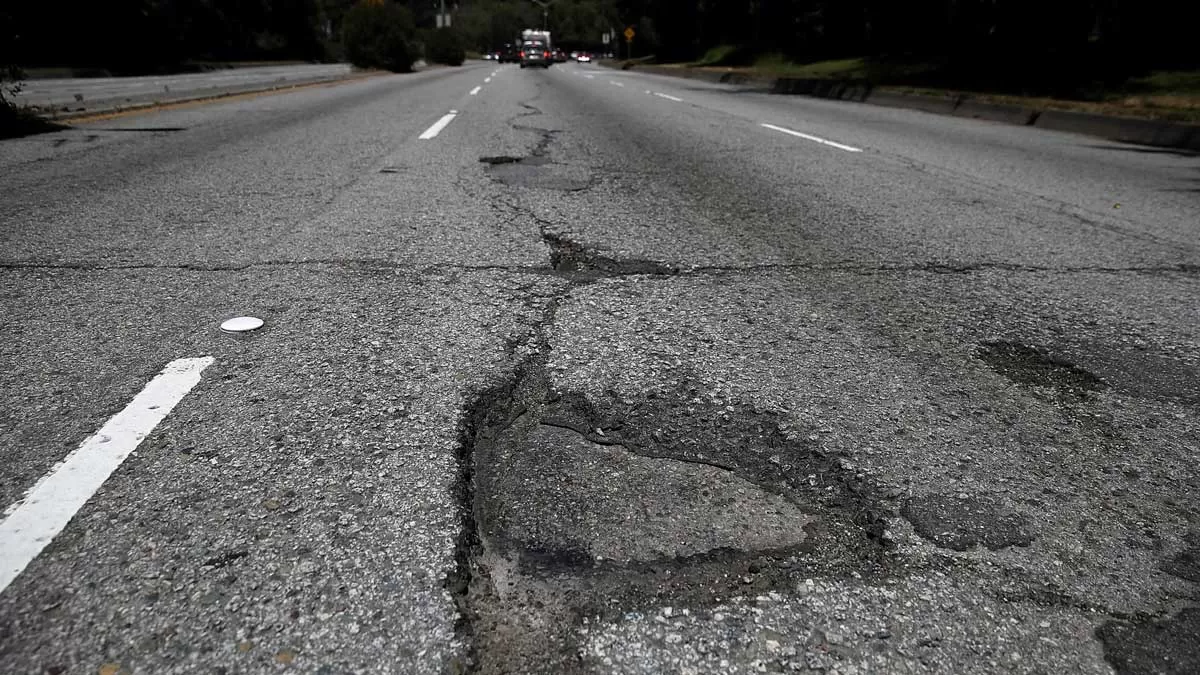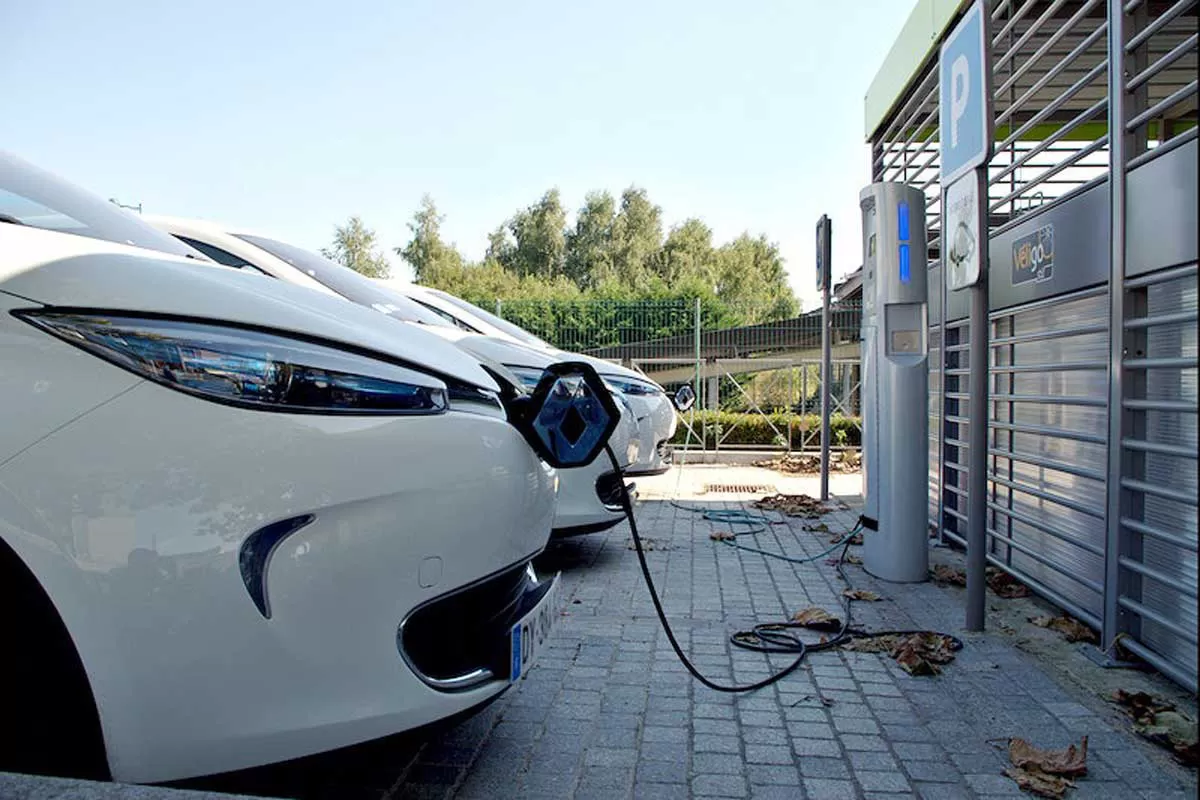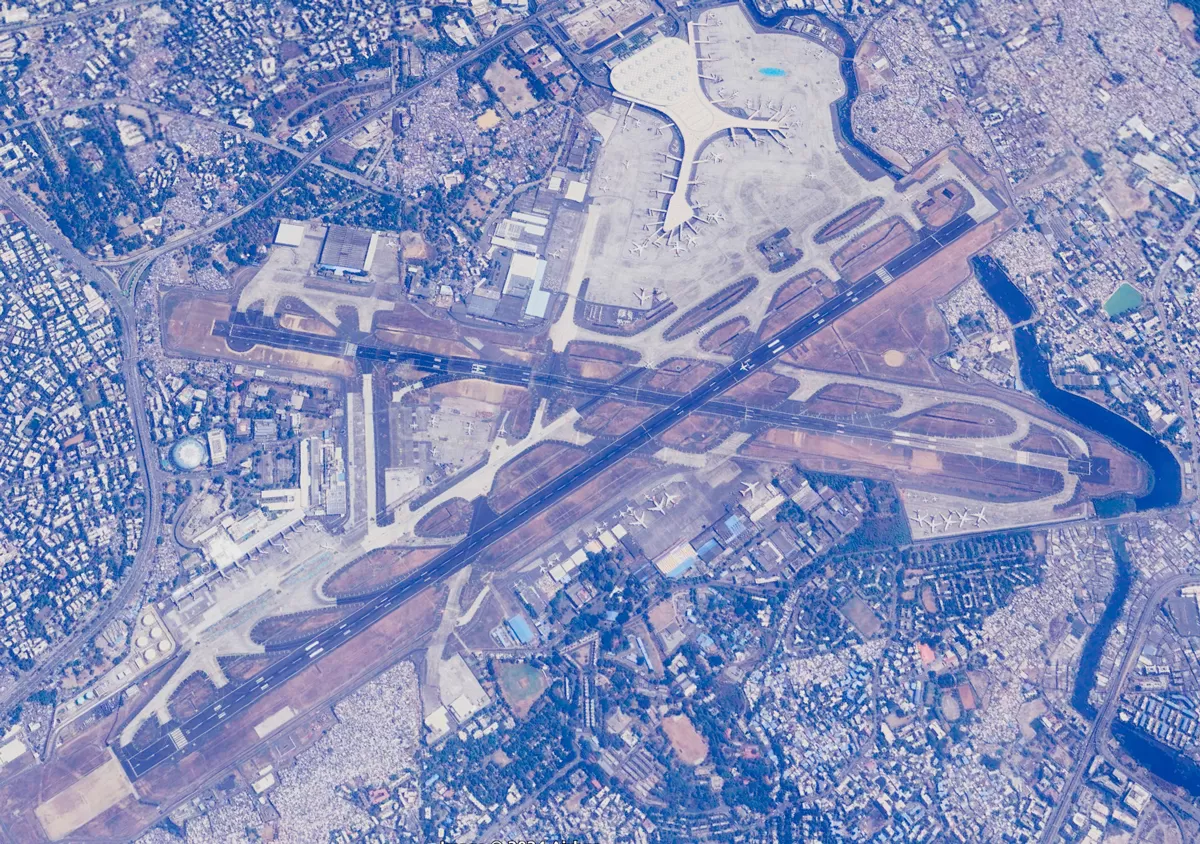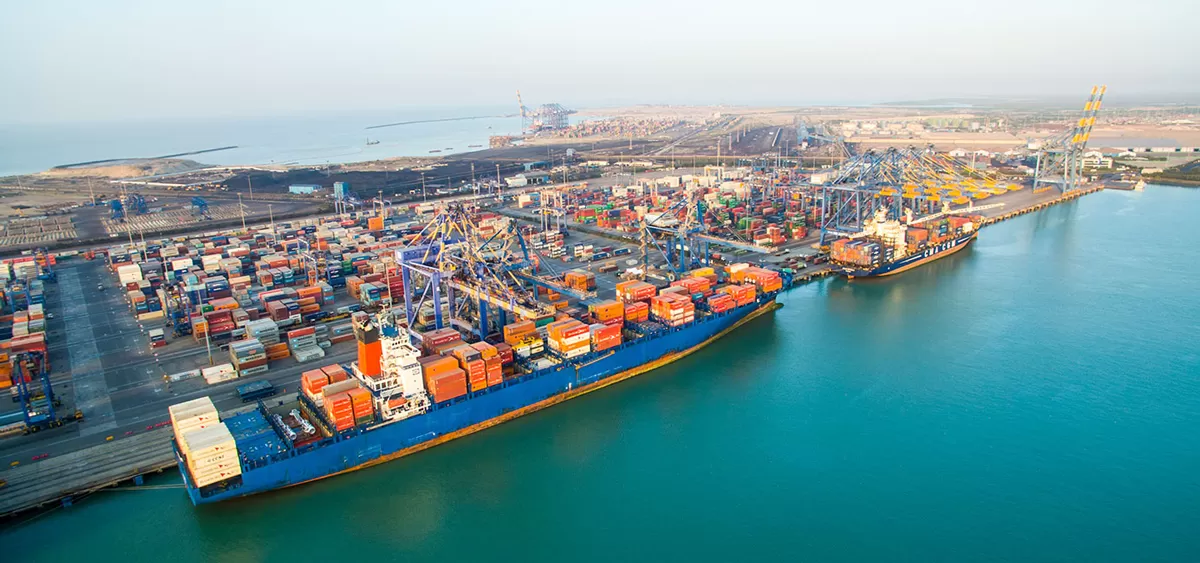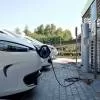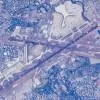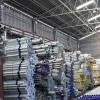The National Highways Authority of India (NHAI) is now adopting a new technology whereby roads that repair themselves will soon become a reality in the country, enabling asphalt to self-heal and address the issue of potholes, which, incidentally, is also one of the key reasons for road accidents and deaths in the country. This will also increase the lifespan of roads, eliminate the need for road maintenance and reduce the resultant traffic disruptions.
How it works
Asphalt is a mixture of gravel and sand held together by the viscous mixture of bitumen. As roads age, the bitumen faces wear and tear and pieces of the asphalt may erode, causing small cracks that, over time, turn into potholes. Small pieces of steel fibre are mixed into the bitumen; once the asphalt is poured and set, the bitumen can be heated so it will rebind with stones and gravel in the asphalt. In case there is a gap, the bitumen will expand and fill it while the steel threads help patch up the potholes.
“Self-healing asphalt pavement, when subjected to rest periods, has the potential to restore stiffness and strength by closing microcracks that occur when it is subjected to traffic loads,” according to Sanjay Kumar Nirmal, Secretary General, Indian Roads Congress (IRC). “Traditionally, roads are subjected to challenges ranging from harsh weather to heavy vehicular traffic, resulting in wear and tear that necessitates frequent maintenance and repairs, which not only incurs significant costs but also causes inconvenience to commuters and poses safety hazards. With
the advent of self-healing technology, we can mitigate these challenges and pave the way for
a more durable and efficient
road network.”
Benefits of self-healing technology
“Incorporating self-healing technology into road construction has the potential to transform road construction and maintenance processes, reducing the need for frequent repairs,” explains Nirmal. “It is an exciting development with environmental and cost-saving benefits. It can not only reduce maintenance costs but also extend the lifespan of asphalt pavements. By reducing the frequency and intensity of maintenance interventions, it leads to substantial cost savings for government agencies and taxpayers. Additionally, it minimises disruptions to traffic flow, enhancing road safety and alleviating congestion on busy thoroughfares, and decreases CO2 emissions during the road maintenance process. The incorporation of self-healing technology marks a paradigm shift in the way we approach road construction and maintenance. Self-healing pavements are a collection of cutting-edge solutions for asphalt crack healing and improving their service life.”
Research activities
“A lot of research has been done on self-healing concrete in the past two decades,” says Subodh Dixit, Former Executive Director, Shapoorji Pallonji. “Though concrete has an inherent quality of healing (autogenous) owing to ongoing hydration, only small cracks may heal after some time. In an aggressive environment such as marine structures, heavy traffic, bridges and geographies, where there is wide variation in temperatures, it becomes necessary to adopt other techniques to protect the stability of structures, impede corrosion of rebar and maintain structural integrity. This is also equally true for roads though concrete pavements are very long-lasting and small cracks owing to heavy traffic and wear and tear start deterioration of concrete pavers. There are many surface application products available but their effectiveness in the long run leaves a question mark. To reduce the maintenance cost and environmental impact, in the past few decades the focus has been on self-healing concrete and asphalt by introducing mineral admixtures, chemical-based self-healing and biological-based self-healing.”
Studies have been done by introducing shrinkable PET tendons to accelerate the healing process by activating the heating process, by introducing fibres in concrete mix to restrict cracks, use of polymer by restricting expansion and progression of cracks. However, hydrogenous self-healing is restricted to small cracks and difficult to fully control or predict the accuracy and has constraints. Also, these are all one-time use solutions and a continuous process of self-healing. Recent studies have been directed towards autonomous self-healing, like the body’s healing capabilities of a wound, and may be called ‘self-repairing concrete’.
Some advance studies, as he elaborates, include:
Introduction of capsules filled with repairing material in the mix. On formation of a crack, the surrounding capsules break and fill the cracks.
In 2018, microbiological healing was experimented upon by introducing bacteria spores based on microbiological calcium carbonate products. Though bacteria-based self-healing has demonstrated the complete self-healing of large cracks, the cost of producing concrete is high. It has also been observed that bio-based compounds reduce compressive strength. Another complication is that multiple combinations are required because of various types of structures and geographies (water requirement in this process is very high). It is advised that extensive research should be done before putting it to commercial use.
An enzyme that promotes the growth of calcium carbonate crystals to fill cracks as they develop is in the research stage. Carbonic anhydrate enzyme added to the concrete mix uses CO2 and calcium to create calcium carbonate. When there is a crack, a new matrix is formed to fill it. This is also environment-friendly as the enzyme absorbs CO2 but
it is still in the early stages
of research.
International perspective
In a TED Talk video many years ago, Erik Schlangen, Civil Engineering Professor, Delft University of Technology, Netherlands, explained the concept behind self-healing asphalt roads. His area of research focused on self-healing asphalt, which was supposed to make roads heal by themselves with the help of microwaves. Schlangen’s idea of road material was a mix of asphalt and tiny steel wool fragments. On heating, asphalt melts, fills the cracks and the aggregate is bound together, basically fixing potholes and extending the life of
the material.
Studies suggested that the life of an asphalt road can be doubled if melted every four years. Self-healing asphalt may cost about 25 per cent more than regular asphalt but was expected to save the Netherlands € 90 million in repairs and related activities. Also, the steel fibres would make it possible to charge electric cars, even when they are stuck in traffic.
The way ahead
“Self-healing materials use advanced technologies such as induction healing and microcapsule-encapsulated healing,” say Sachin Gowda, Scientist, and Dr Ambika Behl, Senior Principal Scientist, CSIR-Central Road Research Institute (CRRI), New Delhi. “Induction healing involves embedding conductive materials within the pavement, enabling the material to self-repair when exposed to an electromagnetic field, which is effective for addressing thermal and stress-induced cracks. Self-healing roads using microcapsule encapsulated rejuvenators is an innovative concept aimed at addressing the issue of pavement deterioration and maintenance. The idea involves embedding microcapsules filled with rejuvenating agents directly into the asphalt mixture used for road construction. When cracks or damage occur on the road surface owing to weathering, traffic or ageing, these microcapsules rupture and release the healing agents into the damaged area. The rejuvenating agents then penetrate the cracks, filling and rejuvenating the surrounding area and restoring the road’s integrity. This process allows the road to repair itself autonomously, reducing the need for frequent and costly repairs.”
“Studies at CRRI are exploring the potential of self-healing pavements. The integration of these technologies will enhance road longevity, reduce maintenance cost and frequency, need for materials and reduce traffic congestion and road closures. All this will improve safety, driving comfort and enhanced economic productivity. Although the initial costs might be higher, the long-term savings are expected to be significant.”
In view of all these inherent benefits, the Government is currently conducting a cost-benefit analysis of the technology before it can be adopted across the country, as it could herald a better future for India’s roads.
- R SRINIVASAN
